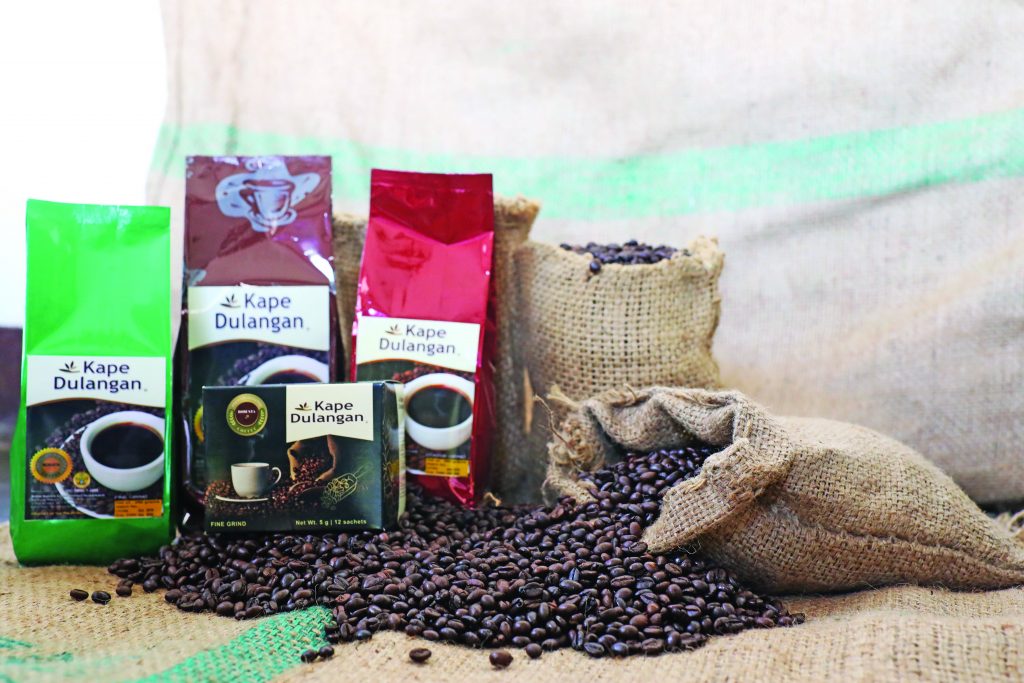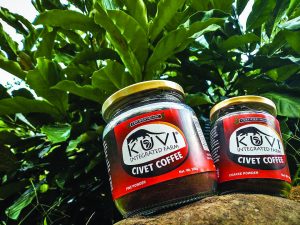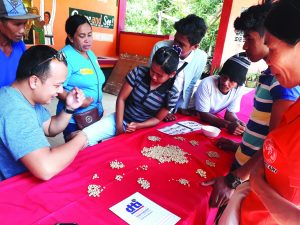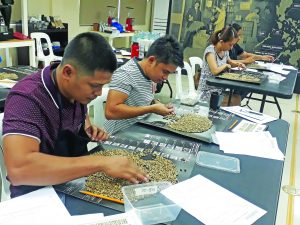

HISTORY has it that it was the Spanish friars who started coffee production in the Philippines as early as 1730. It was a Franciscan friar who planted the first coffee tree, which came from Mexico, in Lipa, Batangas. Coffee plantations were later established by Augustinian friars in the other parts of Batangas making coffee the foundation of the Batangas economy. It was the pioneering Lipa though which became known as the coffee capital of the country. With the increase in demand for coffee in American and European markets facilitated by the opening of the Suez Canal in 1869, additional coffee plantations were established this time in Cavite. And yes, two centuries ago, the Philippines was the fourth largest coffee producing nation in the world. That was until the coffee rust plague in 1889 destroyed coffee trees in Batangas thus making its rival Brazil the major coffee producer in the world.
Fast forward to the 21st century and coffee is still considered one of the world’s most valuable agricultural commodities that impact the social and physical environments of the countries which produce it as its key export and cash crop. “In the Philippines, coffee is considered one of the High-Value Crops (HVCs) by Republic Act No. 7900 otherwise known as the High-Value Development Act of 1995. Yes, coffee is among those crops that are viewed to have high potential in augmenting the foreign exchange earnings of the country,” stated the hardworking Department of Trade and Industry-Reg. XII Director, Jude Constantine S. Jaugan.

Do you know that the International Coffee Organization data of 2019 revealed that Filipinos are the world’s most avid coffee consumers? Considered as a household staple even among the lower economic classes, soluble or instant coffee accounts for 90 percent of all the coffee consumed in the country. Sadly, the Philippines has been recorded as one of the world’s largest importers of soluble coffee accounting for about 90 percent of all the coffee consumed in the country. According to the Department of Agriculture, due to low coffee production in the country in 2018, the Philippines had to buy dried coffee beans which amounted to seven to ten billion pesos from neighboring Vietnam and Indonesia. The United States Department of Agriculture (USDA) took note of the strong growth of coffee shop business in the Philippines brought about by the popularity of coffee drinking as a social activity. Although the leading specialist coffee shops in the Philippines are multinational chains, happily, Filipino chains and local coffee growers have started getting into the business as well.
“The SOCCSKSARGEN region is positioning to become the coffee capital of the Philippines. It is now the number one coffee producer contributing about 32.4% of the total domestic coffee production. The region has a competitive advantage in one particular coffee variety, Robusta, which is known for its more bitter and high caffeine content. Region XII boasts of having more than 26,000 hectares of land devoted to growing coffee. A total of 19,901 metric tons (57%) of Robusta coffee was produced by SOCCSKSARGEN in 2018. While the region enjoys a comparative advantage in coffee production due to its having the largest area planted to coffee as well as the number of coffee volume harvested per year, it still has to strengthen its differential advantage in terms of coffee quality, competitive market value, as well as creating a truly unique and recognizable product identity,” revealed the determined DTI-XII Dir. Jude Constantine S. Jaugan.

DTI-XII Dir. Jaugan understands the plight of coffee stakeholders of his region and thus, spearheads the DTI in several interventions to help improve the region’s coffee quality with the hope of creating a positive chain of effects. Among the DTI assistance being undertaken include “Coffee Value-Adding Training from Bean to Cup” where coffee producers are taught the proper propagation, crop maintenance, post-harvest, and processing; “Rural Agro-Enterprise Partnership for Inclusive Development and Growth Program” (funded by the International Fund for Agricultural Development) which aims to propel agriculture-based processing enterprises and entrepreneurial communities to meet the challenges of the global market through innovation, productivity and competencies; and the “Coffee Cupping Laboratory and Barista Training Center” with Sultan Kudarat University as cooperator to help coffee producers and processors in improving their coffee products and position Region XII as the Coffee Capital of the Philippines.

Another government project of significance to coffee producers is the “One Town, One Product” program which seeks to improve the Micro, Small and Medium Enterprises (MSMEs) through product development, branding, marketing, among others, in the drive for inclusive local economic growth. This has resulted in the creation of market-ready and globally competitive products such as the Kape Dulangan of Sultan Kudrat and the Kuvi Coffee of Cotabato Province. The Kuvi Integrated Farm of Rogelio and Yolanda Guiangan is among the producers of civet coffee which is known as the most expensive coffee in the world. Civet coffee comes from the partially digested coffee cherries which have been eaten, internally fermented, and defecated by civet cats.
Thank you, DTI-XII Reg’l. Dir. Jude Constantine S. Jaugan and Information Officer Joven S. Quiriones, for the information on SOCCSKSARGEN coffee. May you realize your goal in making SOCCSKSARGEN the coffee capital of the Philippines. Let’s have a cup of our very own proudly Mindanaoan coffee.

